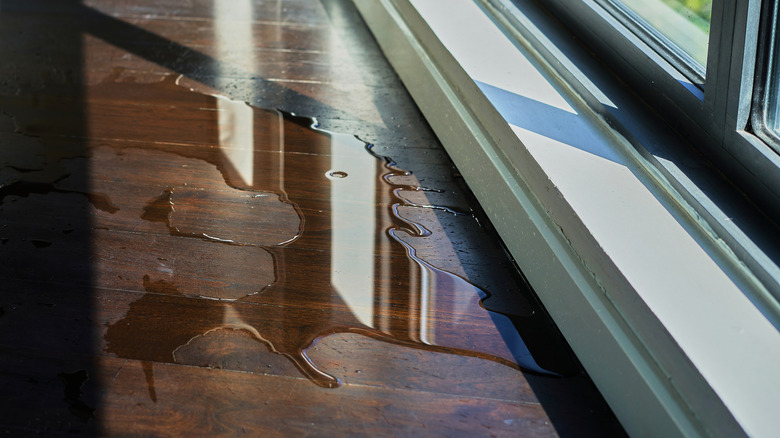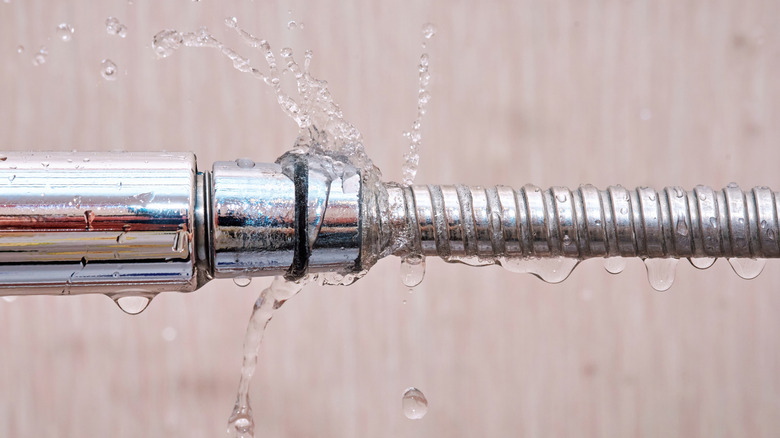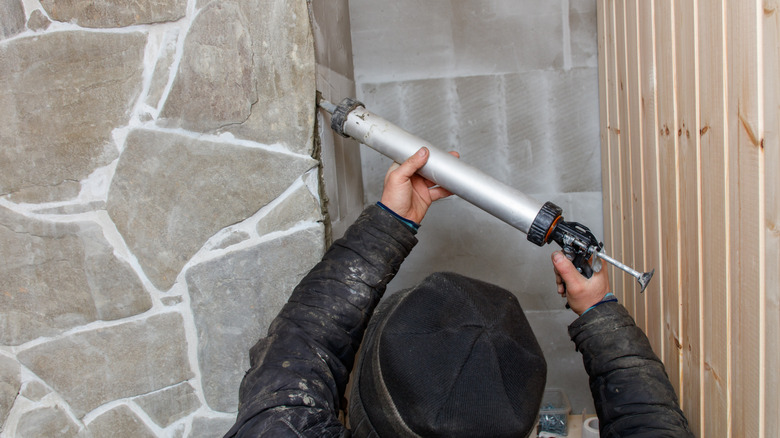Red Flags That Could Mean Your Wood Floors Have Water Damage
Hardwood floors will always be the right choice for a home, but they can also be quite dramatic when water gets involved. If you've ever spilled a drink or experienced a small leak, you know how quickly water can make its way into the nooks and crannies. But how can you tell if your wood floors are silently crying for help? Keep an eye out for these red flags: warping, buckling, mold, and mildew.
One of the more dramatic signs of water damage is warping and buckling. When water seeps into your wood floors, the planks swell, bow, and sometimes even pop up like they're auditioning for a circus act. Warping happens because wood is like a sponge — it soaks up water and doesn't know when to stop. Buckling, however, is when the floorboards lift off the floor entirely, creating little hills and valleys where there should be none. If you notice your once-smooth floor looking like it belongs on a rollercoaster, it's not its way of adding character — it's screaming for attention.
The less glamorous but equally concerning red flag is mold or mildew. You can identify mold in your home if you enter and you're hit with a musty smell. This shows your wood floors might be harboring unwanted guests. Mold and mildew love dark, damp spaces, and water-damaged floors are their dream home. Check your floorboards' edges for discoloration or black spots, especially in corners or near water sources. These are not just gross — they can harm your health.
Why your wood floors are water-damaged
Your wood floors are not acting up for no reason — there has to be a cause behind it. One of the most common culprits of water damage to wood floors is excessive humidity. If you live in a house that feels like a sauna in the summer, your wood floors are likely feeling the effects as much as you. Humidity causes wood to absorb moisture from the air, leading to swelling, warping, and even cracking over time. High humidity can sneak in and wreak havoc even with windows closed and air conditioning running. Investing in a good dehumidifier can save your floors from this slow-mo disaster.
Leaky appliances are another top offender when it comes to water damage. Your trusty appliances might be working hard to keep your home running smoothly, but they can turn into your floor's worst enemy when they fail. A leaking dishwasher, fridge, or washing machine can release water that seeps into your floors, causing damage before you even realize the problem. And don't get us started on the overflows — one minute, you're grabbing a snack, and the next, you're mopping up what feels like a mini swimming pool.
Leaky pipes are the classic villains of water damage. Whether a pipe is hidden inside your wall or running under your home, a leak can cause massive damage before you even realize what's happening. A slow drip can create wet spots that lead to warping, while larger leaks can flood an entire room in minutes. If you suspect a leak, call a plumber immediately.
Follow these tips to prevent water damage before it starts
Prevention is always better than repair, especially when it comes to water damage. One of the smartest ways to protect your wood floors is investing in a water leak detection system. These gadgets are like smoke detectors, but for leaks -– they alert you to water problems before they become a full-blown disaster. Some advanced models can even shut off your water supply automatically, saving your floors from a watery doom. Place them near high-risk areas like under sinks, appliances, or basements.
Another way to avoid water damage is to give your appliances a little TLC. Over time, hoses can crack, and valves can loosen, leading to leaks. Don't wait for water to pool around your washing machine or sink. Take some time every few months to inspect the hoses and valves connected to your dishwasher, washing machine, and fridge. Look for cracks, leaks, or any signs of wear and tear. If something seems off, replace it right away.
Finally, don't underestimate the power of caulking. Gaps around sinks, bathtubs, and toilets can let water seep into the floor below, causing long-term damage. Proper caulking acts as a barrier, keeping water where it belongs. Grab a tube of waterproof caulk or try this method if you don't have a caulking gun and spend a Saturday afternoon sealing up those gaps.


